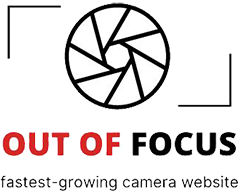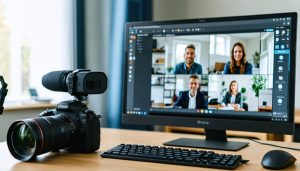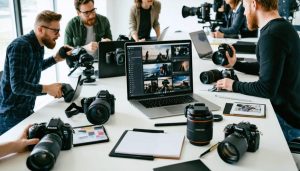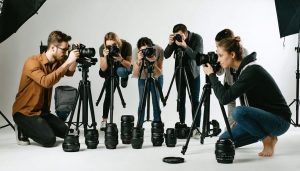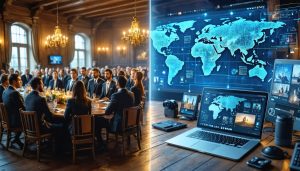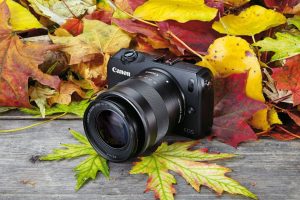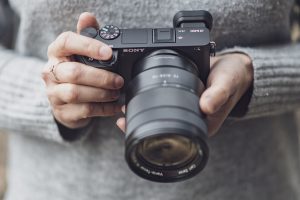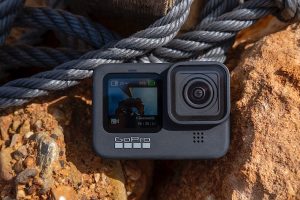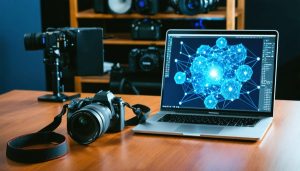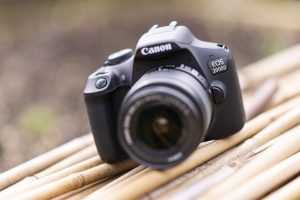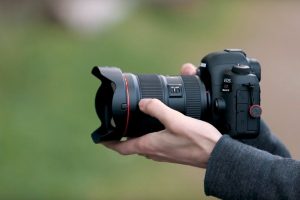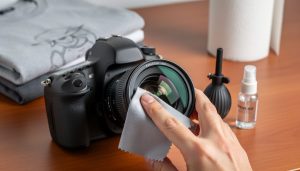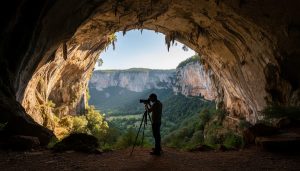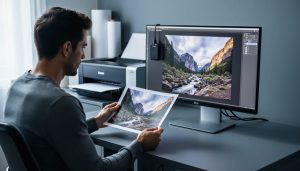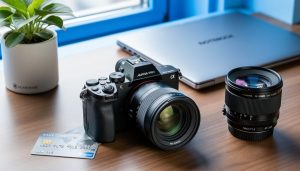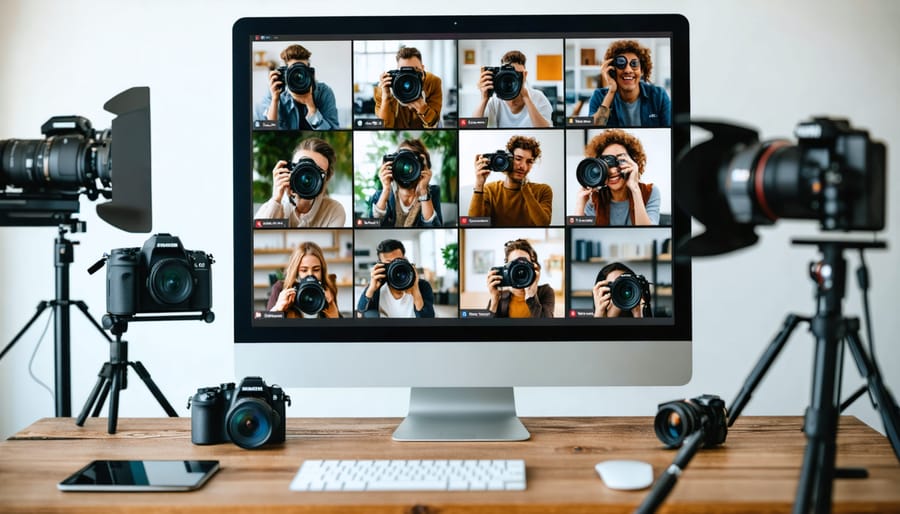
Transform your photography journey through collaborative group shoot meetups – dynamic gatherings where photographers of all skill levels come together to create, learn, and inspire. Whether connecting in-person or through successful virtual photography meetups, these sessions offer unprecedented opportunities to expand your creative portfolio, master new techniques, and build lasting professional relationships.
Group shoots break down the isolation of solo photography, providing immediate feedback, diverse perspectives, and shared resources that accelerate skill development. Photographers can experiment with different lighting setups, swap gear knowledge, and tackle complex shoots that would be challenging to execute alone. From fashion portfolios to landscape expeditions, these collaborative sessions create an environment where creativity flourishes and technical expertise deepens through hands-on practice and peer learning.
The real magic happens when diverse photography styles collide – studio photographers learning from street shooters, landscape artists sharing composition tips with portrait specialists – creating a melting pot of creative cross-pollination that elevates everyone’s work.
What Makes Virtual Group Shoots Special
Breaking Geographic Barriers
Virtual photography meetups have revolutionized how photographers connect and collaborate across borders. Whether you’re in Tokyo, New York, or Sydney, you can now participate in group shoots with fellow photographers worldwide, sharing techniques and creative perspectives that were once limited by geography.
These online gatherings utilize video conferencing platforms to facilitate real-time interaction, critique sessions, and collaborative shooting exercises. Photographers can simultaneously work on themed projects, share their screens to demonstrate editing techniques, or participate in virtual photo walks using mobile devices.
The global reach of virtual meetups also introduces photographers to diverse cultural perspectives and shooting styles. A street photographer in Mumbai might share insights with a landscape photographer in Scotland, creating unique learning opportunities that wouldn’t exist in traditional local meetups.
Time zones, while sometimes challenging to coordinate, actually create interesting opportunities. A golden hour shoot can be shared between photographers in different parts of the world, with some capturing sunrise while others document sunset, all within the same session.
Moreover, these virtual connections often evolve into lasting professional relationships and future in-person collaborations when travel becomes possible.
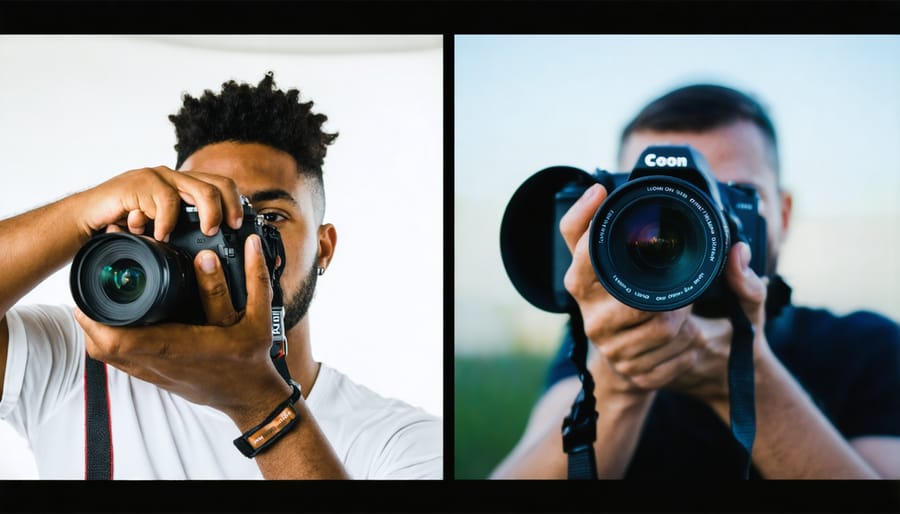
Learning Through Real-time Collaboration
Real-time collaboration during virtual group shoots offers unique learning opportunities that traditional solo shooting can’t match. As photographers share their screens and demonstrate their shooting process, participants gain immediate insights into different approaches to composition, lighting, and camera settings. The live interaction allows for instant feedback and questions, making the learning experience more dynamic and engaging.
During these sessions, photographers can observe how others problem-solve in real-time, whether it’s adjusting to challenging lighting conditions or working with difficult subjects. The virtual environment also enables participants to experiment with new techniques while receiving immediate guidance from more experienced peers.
What makes these collaborative sessions particularly valuable is the diversity of perspectives. Photographers from different backgrounds and skill levels can share their unique approaches, leading to creative cross-pollination of ideas. The ability to watch multiple photographers tackle the same subject differently helps participants broaden their creative horizons and develop their own style.
Additionally, the recorded sessions serve as valuable learning resources that participants can revisit later, allowing them to absorb techniques and tips they might have missed during the live shoot.
Setting Up Your Virtual Group Shoot
Essential Tech Setup
To ensure a smooth virtual group shoot, you’ll need reliable technology and the right software setup. Start with a stable internet connection – ideally hardwired ethernet rather than Wi-Fi – to prevent disruptions during the session. While smartphones can work in a pinch, a laptop or desktop computer will provide better stability and control.
For the best visual experience, invest in a decent webcam with at least 1080p resolution. Built-in laptop cameras often don’t provide the quality needed to demonstrate techniques clearly. To optimize your video setup, position your camera at eye level and ensure proper lighting with either natural window light or a basic ring light.
Your virtual meeting platform choice is crucial. Zoom, Google Meet, or Microsoft Teams all work well, but Zoom often stands out for its stability and screen-sharing capabilities. Make sure to test your chosen platform beforehand and familiarize yourself with features like gallery view and spotlight options.
For sharing images during the session, have cloud storage ready (like Google Drive or Dropbox) and a basic photo editing software installed. Consider using collaborative tools like Miro or Padlet for real-time feedback and image discussion. Don’t forget to have a backup communication method, such as a WhatsApp group, in case of technical difficulties.

Planning Your Session
Successful group shoot meetups rely heavily on thorough planning and clear communication. Start by determining the ideal group size – typically 5-8 photographers works well, allowing enough interaction without overcrowding the space. Consider the venue’s capacity and ensure everyone has room to move and shoot comfortably.
Create a detailed timeline for the session, allocating specific time blocks for different activities. A typical three-hour meetup might include: 15 minutes for introductions, 30 minutes for technical setup and brief tutorials, two hours of actual shooting time, and 15 minutes for wrap-up discussions and future planning.
Send participants a comprehensive prep guide at least a week before the meetup. Include essential details like location, timing, gear requirements, and any specific themes or concepts you’ll be exploring. If you’re working with models, ensure everyone understands the compensation arrangements and usage rights beforehand.
Consider implementing a rotation system during the shoot, especially with larger groups. This helps prevent photographers from clustering around the same spot and ensures everyone gets equal opportunities for different shots and angles. Create small sub-groups that can rotate between different shooting stations or setups.
Establish clear guidelines for behavior and etiquette. Address important aspects like sharing space, respecting others’ creative vision, and maintaining professional conduct. If you’re shooting in a public space, remind participants about necessary permits and location restrictions.
Assign roles to experienced participants who can help manage different aspects of the meetup. Having designated people for lighting setup, pose direction, or technical support can make the session run more smoothly. This also creates learning opportunities for less experienced photographers.
Remember to build in buffer time for unexpected delays and spontaneous creative moments. The best meetups often include unplanned collaborative opportunities that arise naturally during the session. Keep the structure flexible enough to accommodate these valuable interactions while maintaining overall organization and flow.
Creative Ideas for Virtual Group Shoots
Theme-based Challenges
Theme-based challenges can transform a regular group shoot into an exciting creative adventure. Consider organizing shoots around seasonal themes like “Autumn Colors” or “Winter Wonderland,” which naturally provide stunning backdrops and unified visual elements. Urban exploration themes such as “City Lights” or “Hidden Alleyways” encourage photographers to see familiar spaces through fresh eyes.
Abstract concepts make for engaging challenges too. Try themes like “Shadows and Light,” “Reflections,” or “Minimalism” to push participants out of their comfort zones and experiment with composition. Color-based themes, such as “Monochrome Monday” or “Red Rush,” help photographers focus on specific visual elements while maintaining creative freedom.
For more advanced groups, consider technical challenges like “Only Prime Lenses” or “Manual Mode Only.” These restrictions often lead to more thoughtful image-making and valuable learning experiences. Cultural themes such as “Street Food Photography” or “Local Festivals” can help document community life while creating compelling visual stories.
Genre-specific themes like “Portrait Poetry” or “Architecture in Motion” combine different photography styles, encouraging participants to think outside their usual approach. Remember to match theme complexity with your group’s skill level and provide example images beforehand to inspire and guide participants while maintaining room for individual interpretation.
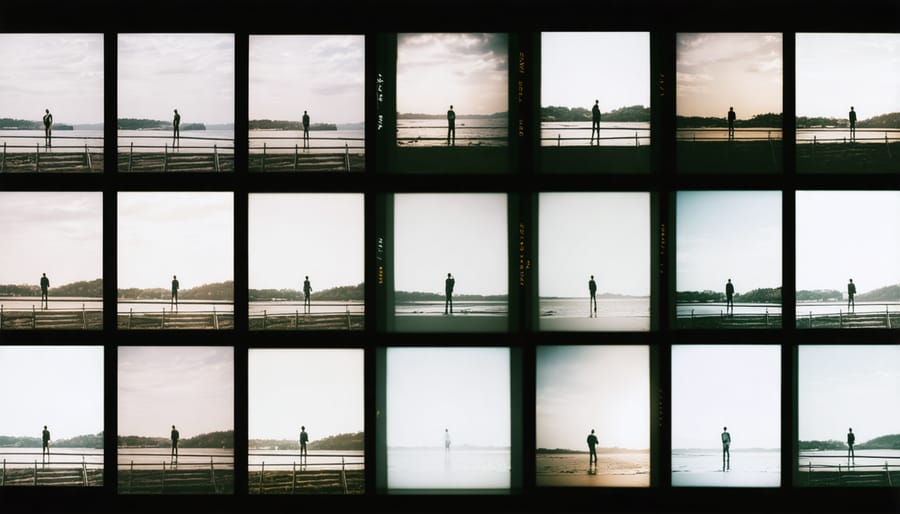
Collaborative Projects
Group shoots offer fantastic opportunities for collaborative projects that can push creative boundaries and create impressive portfolio pieces. One popular approach is the “Theme Series,” where photographers collectively decide on a theme like “Urban Shadows” or “Natural Reflections” and interpret it through their unique perspectives. This creates a cohesive body of work while showcasing individual creativity.
Consider organizing a “Style Swap” project, where photographers pair up and recreate each other’s signature looks. This exercise not only builds technical skills but also fosters mutual appreciation for different artistic approaches. Another engaging option is the “52-Week Challenge,” where the group commits to weekly themed shoots, maintaining momentum and accountability throughout the year.
Documentary-style projects can be particularly rewarding, with each photographer capturing different aspects of a local event or community story. This approach creates a rich, multi-perspective narrative while building relationships with local organizations.
For more advanced groups, try a “Composite Collection” where photographers contribute different elements – models, locations, props – to create surreal or fantastical final images through collaboration. Technical challenges like “One Light Competition” or “Smartphone Only” shoots can also push participants to think creatively within constraints.
Remember to document your collaborative journey through behind-the-scenes footage and progress shots, as these often become valuable learning resources for the entire group.
Making the Most of Your Virtual Meetup
Feedback and Critique Sessions
Constructive feedback is a cornerstone of photographic growth, and organizing effective photo critique sessions during group shoots can significantly enhance the learning experience for all participants.
Start by establishing clear ground rules: feedback should be specific, actionable, and delivered with respect. Implement the “sandwich method” – begin with positive observations, follow with areas for improvement, and conclude with encouraging remarks. This approach helps maintain a supportive atmosphere while facilitating genuine growth.
Structure your critique sessions in timed segments, allowing 5-7 minutes per photograph. Have photographers briefly explain their creative intent before opening the floor for discussion. Encourage participants to focus on composition, technical execution, and emotional impact rather than personal taste.
Use guided questions to spark meaningful dialogue:
– What draws your eye first in this image?
– How does the composition support the subject?
– What technical choices enhanced or detracted from the photo?
– What might make this image stronger?
Remember to keep the atmosphere collaborative rather than competitive. Encourage participants to take notes and consider implementing suggested improvements in their next shoot. End each critique session by highlighting key takeaways and celebrating successful elements across all shared works.
Building Lasting Connections
The connections made during group shoot meetups can blossom into lasting professional relationships and friendships with proper nurturing. Start by exchanging contact information and social media handles with fellow photographers whose work or personality resonates with you. Creating a dedicated WhatsApp group or Discord server can help maintain regular communication and share ongoing projects.
Consider establishing a monthly virtual coffee chat where participants can discuss their latest work, share techniques, or simply catch up. These informal sessions keep the creative energy flowing between physical meetups and provide opportunities for mentorship and collaboration.
Follow through on promises to share photos from the meetup and tag fellow photographers when posting on social media. This not only helps maintain connections but also expands everyone’s reach within the photography community. Don’t hesitate to reach out for feedback on your work or offer constructive criticism when asked.
Look for opportunities to collaborate on future projects. Whether it’s a joint exhibition, a shared blog post, or even co-hosting the next meetup, working together strengthens bonds within the community. Remember to celebrate others’ achievements and support their growth – photography is as much about community as it is about creating images.
Finally, consider organizing smaller, more focused sessions between larger meetups. These intimate gatherings allow for deeper connections and more specialized learning opportunities while maintaining the group’s momentum.
Virtual group shoots represent a remarkable evolution in photography, bringing together passionate creators from across the globe in ways previously unimaginable. By participating in these online meetups, you’re not just developing your technical skills – you’re becoming part of a vibrant, supportive community that shares your enthusiasm for capturing meaningful moments.
The benefits extend far beyond the practical aspects of learning new techniques or expanding your portfolio. These virtual gatherings foster genuine connections, inspire creativity, and provide opportunities for growth that traditional solo photography simply can’t match. Whether you’re a seasoned professional looking to collaborate with peers or a newcomer seeking guidance and inspiration, virtual group shoots offer a welcoming space for everyone.
As we’ve explored throughout this article, the technology and tools available today make it easier than ever to join or organize these events. The flexibility of virtual meetups means you can participate from anywhere, work with diverse groups of photographers, and experiment with new styles and approaches without geographical limitations.
Don’t let uncertainty hold you back from this enriching experience. Take that first step – join an existing virtual group shoot or consider organizing one yourself. The photography community is waiting to welcome you, share experiences, and grow together in this exciting digital age. Remember, every successful photographer started somewhere, and virtual group shoots might just be the catalyst for your next creative breakthrough.
